
Editorial: What is the optimal length of time for SNM testing?
The authors are to be commended for their unique investigation of an extended stage 1 SNM test period. To our knowledge, no other series has included a minimum 4-week duration and microbiologic testing. Optimal duration for the test phase has not been elucidated and initial responses are likely compounded by a short-term placebo effect that may dissipate after time. Knowledge of when maximal improvement occurs would define a population of true responders and reduce implant failure rates.…
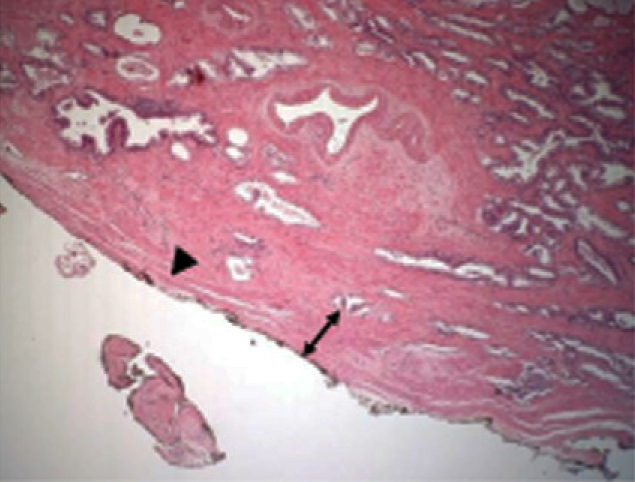
Article of the week: Nerve sparing during RARP: Watch the weaker hand
Every week the Editor-in-Chief selects the Article of the Week from the current issue of BJUI. The abstract is reproduced below and you can click on the button to read the full article, which is freely available to all readers for at least 30 days from the time of this post.
In addition to the article itself, there is an accompanying editorial written by a prominent member of the urological community. This blog is intended to provoke comment and discussion and we invite you to use the comment…
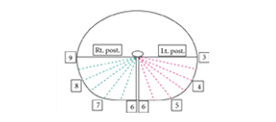
Editorial: Specimen fascia width reflects nerve-sparing technique
The authors have reported a pathological analysis showing that various levels of nerve-sparing technique were reflected in the radical prostatectomy (RP) specimen. Intriguingly, the authors found that the fascia width on the left side was much wider than the right side in the RP specimen with the interfascial nerve-sparing technique. This is important information for robotic surgeons. Looking at the literature, almost twice as many positive surgical margins have been reported on the left…
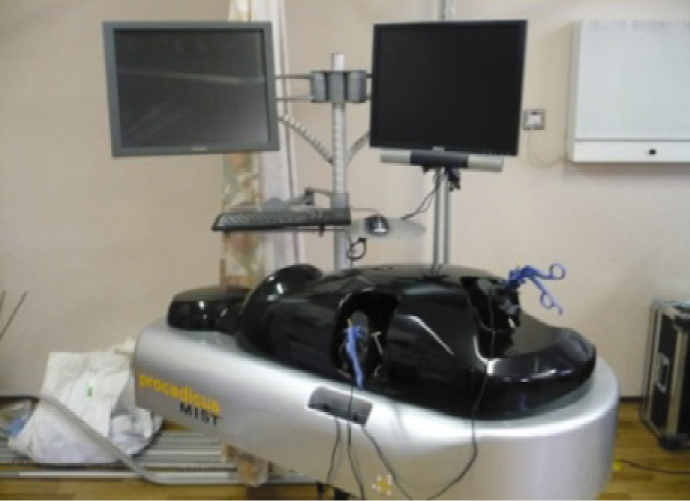
Article of the week: Centralized simulation training combines technical and non-technical skills
1 Comment
/
Every week the Editor-in-Chief selects the Article of the Week from the current issue of BJUI. The abstract is reproduced below and you can click on the button to read the full article, which is freely available to all readers for at least 30 days from the time of this post.
In addition to the article itself, there is an accompanying editorial written by a prominent member of the urological community. This blog is intended to provoke comment and discussion and we invite you to use the comment…

Editorial: The need to devise a better means of training
There is increasing concern that current UK trainees at the end of their training are less experienced than their previous counterparts and continue to require more education, skills and support when they assume their consultant posts in the form of mentoring.
It is generally accepted that the numbers of hours required to become an ‘expert’ is 10 000–30 000 and currently in the UK our trainees experience =6000 h of training. Much of this is due to the impact of the European Working…
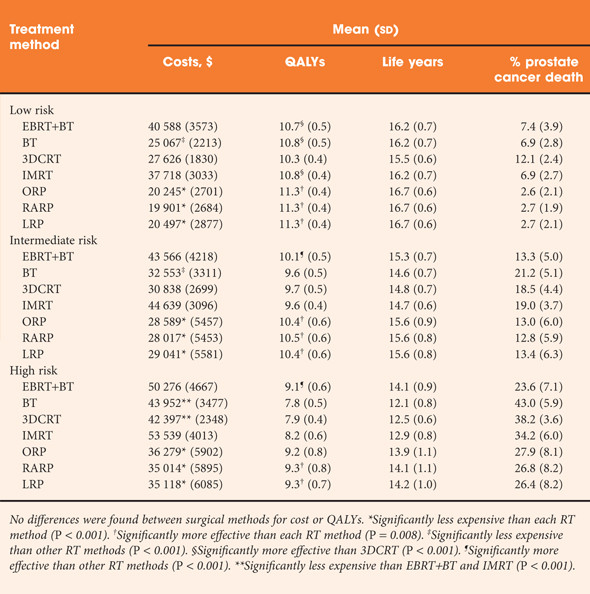
Article of the week: Prostate cancer treatments: How much do you want to spend?
Every week the Editor-in-Chief selects the Article of the Week from the current issue of BJUI. The abstract is reproduced below and you can click on the button to read the full article, which is freely available to all readers for at least 30 days from the time of this post.
In addition to the article itself, there is an accompanying editorial written by a prominent member of the urological community. This blog is intended to provoke comment and discussion and we invite you to use the comment…

Editorial: Valuing interventions for localised prostate cancer
Robert Pickard and Luke Vale
Governments of all nations struggle to work out how best to use the limited resources available for health care. One key area of uncertainty is long term conditions with multiple therapeutic options including no active treatment, where relative merits of different treatments are unclear and there is associated unexplained variation in use of often expensive interventions such as surgery. The management of localised prostate cancer typifies this situation. The problem…
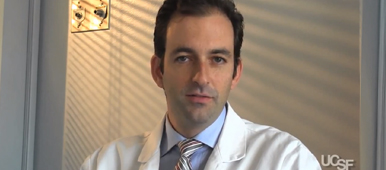
Video: Dr Cooperberg’s article commentary on prostate cancer treatment
Primary treatments for clinically localised prostate cancer: a comprehensive lifetime cost-utility analysis
Matthew R. Cooperberg, Naren R. Ramakrishna†, Steven B. Duff*, Kathleen E. Hughes‡, Sara Sadownik‡, Joseph A. Smith§ and Ashutosh K. Tewari¶
Departments of Urology and Epidemiology and Biostatistics, UCSF Helen Diller Family Comprehensive Cancer Center, San Francisco, CA, *Veritas Health Economics Consulting, Inc., Carlsbad, CA, †Department of Radiation Oncology, MD…
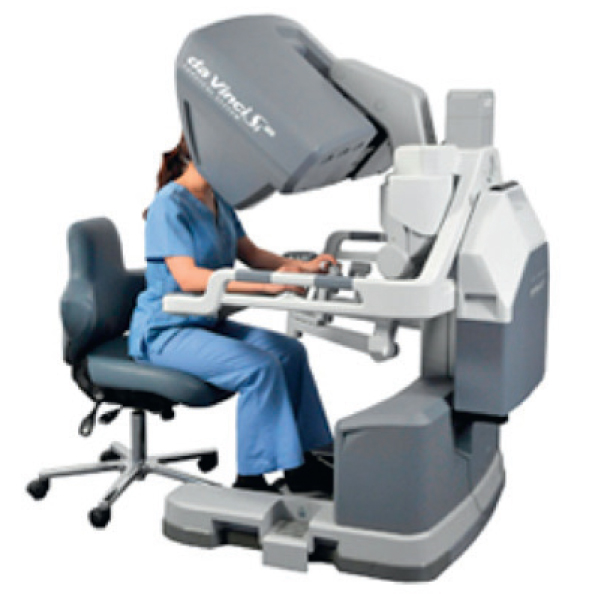
Article of the week: Reality check: simulators are effective training tools for robotic surgery
Every week the Editor-in-Chief selects the Article of the Week from the current issue of BJUI. The abstract is reproduced below and you can click on the button to read the full article, which is freely available to all readers for at least 30 days from the time of this post.
In addition to the article itself, there is an accompanying editorial written by a prominent member of the urological community. This blog is intended to provoke comment and discussion and we invite you to use the comment…
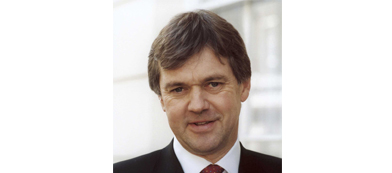
Editorial: VR simulators can improve patient safety
You wouldn't expect the pilot of the aeroplane in which you fly to the EAU or AUA meeting to be a novice who was training on the aeroplane that you were being transported in! Similarly, patients undergoing robot-assisted surgery do not expect to be the “guinea pigs” upon which trainee surgeons move up the learning curve of surgical experience. Sometimes, however, they are.
Surgical simulators offer the means for surgeons to gain experience before moving to operating on actual patients.…
